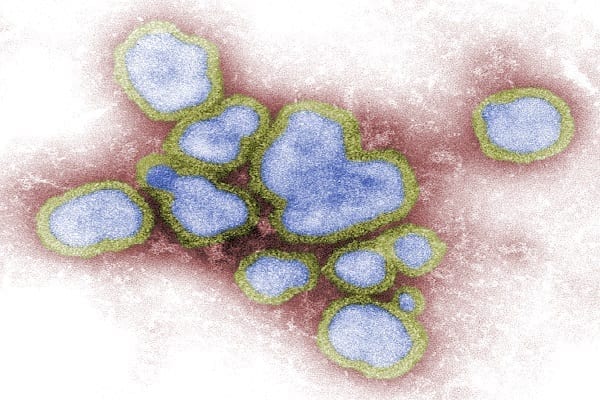The Medical Systems Virology group at Institute for Molecular Medicine Finland (FIMM), together with collaborators has recently sequenced genomes of 135 pH1N1 influenza strains isolated from Finnish patients in 2009-2013 and found one Tamiflu-resistant strain from the 2012-2013 epidemic season.
The finding suggest that there could be more resistant strains in upcoming seasons. Therefore, there is a need for the development of new antiviral agents against pH1N1, says Dr. Triin Lakspere.
In 2009 the influenza pH1N1 virus caused the first flu pandemic in the 21st century. The virus reached Finland in May 2009 and killed more than 50 people in the country.
Infections with influenza pH1N1 virus vary from asymptomatic to serious complicated illnesses. World Health Organization has recommended Tamiflu for treatment of patients with severe or progressive illness. The disadvantage of this drug is that it targets viral proteins which mutate quickly and the virus develops resistance to it.
Novel Small Molecule Therapeutic
In another study published this week the group investigated influenza pH1N1 virus-host cell interaction in detail and found that certain host function could be temporally inhibited with small molecule MK2206 to block influenza infection in cell culture.
Importantly, the virus was unable to acquire resistance to host-directed MK2206 in contrast to virus-directed Tamiflu. This small molecule is in clinical trials against cancer and has high specificity and good pharmacological properties, which could warrant its further development as antiviral drug for treatment of pH1N1 virus infection, Dr. Oxana Denisova says.
The study was recently published in the Genome Announcements journal and is now available online.



